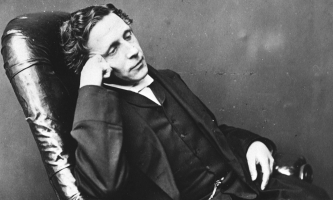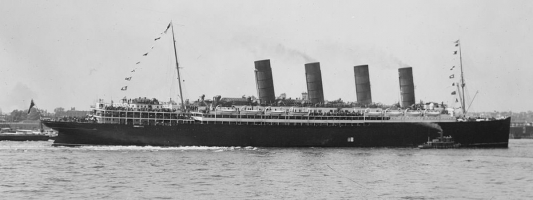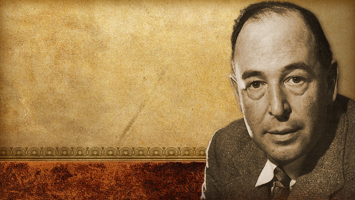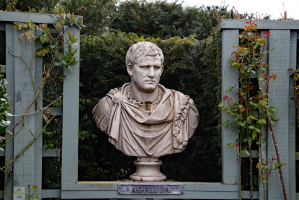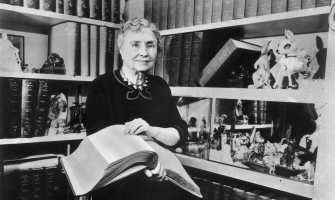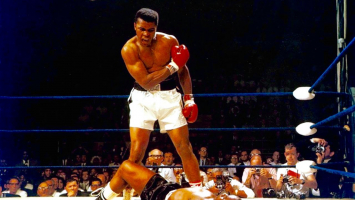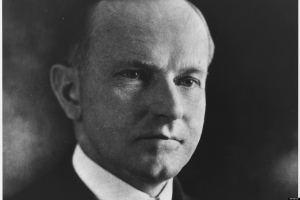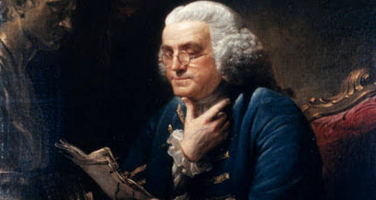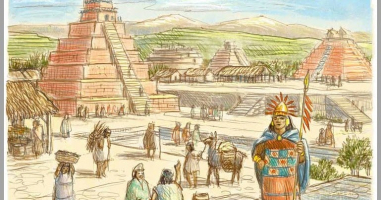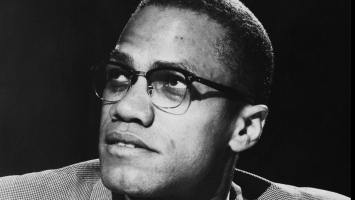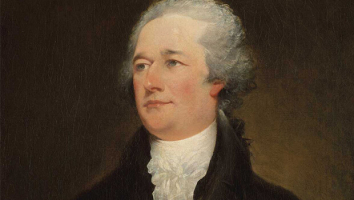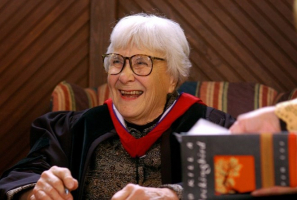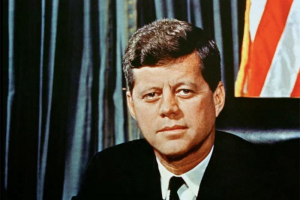Top 9 Interesting Facts about Lewis and Clark Expedition
In Ivy, Virginia, Captain Meriwether Lewis was born on August 18, 1774. He would travel on one of the most well-known expeditions in American history in 1804, ... read more...along with Lieutenant William Clark, who was born on August 1 in Ladysmith, Virginia. Beginning at St. Louis on May 14, 1804, the Lewis and Clark expedition would not return home until March of 1806. Continue learning by reading these interesting facts about Lewis and Clark expedition listed below!
-
One of the most interesting facts about Lewis and Clark expedition is their expedition happened because of Thomas Jefferson. Lewis resigned from the army in 1801, they agreed to work as Thomas Jefferson's presidential secretary. Lewis and Jefferson had a mentor-protégé relationship while working together at the White House since Lewis had known Jefferson since he was a young kid and had grown up on a Virginia plantation not far from Monticello. Lewis was chosen by Jefferson as the expedition's leader as soon as he had the idea for his massive mission to the West in 1802. Jefferson dispatched the young secretary to Philadelphia to study medicine, botany, and celestial navigation after giving him a crash course in the natural sciences to help him be ready.
President Thomas Jefferson acquired a sizable chunk of American land from France in 1803. The Louisiana Purchase is the name given to this transaction. Meriwether Lewis and William Clark were given the task of leading an expedition to learn what they could about the region because Jefferson had no idea what the area held.
Europeans have been looking for a shortcut that would make it simple to carry people and goods from the east to the west since the middle ages. However, there was no such route before the Panama Canal's construction in 1914. The land route through Europe and Asia was even riskier and slower than sailing around Africa. Nothing had changed by the 19th century, and Thomas Jefferson continued to hold out hope that such a tunnel may be discovered on the western side of America.
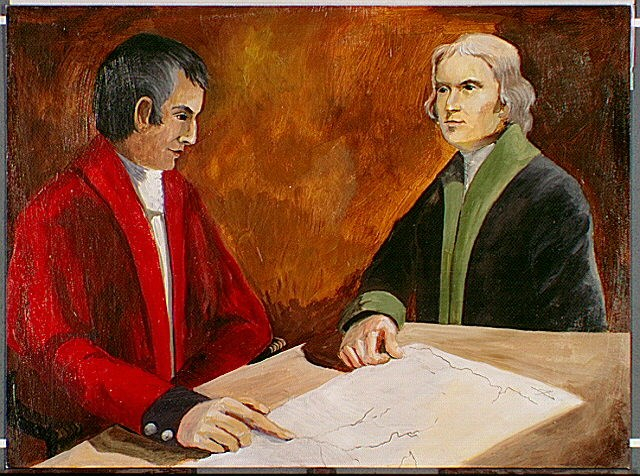
Photo: https://www.nps.gov/ 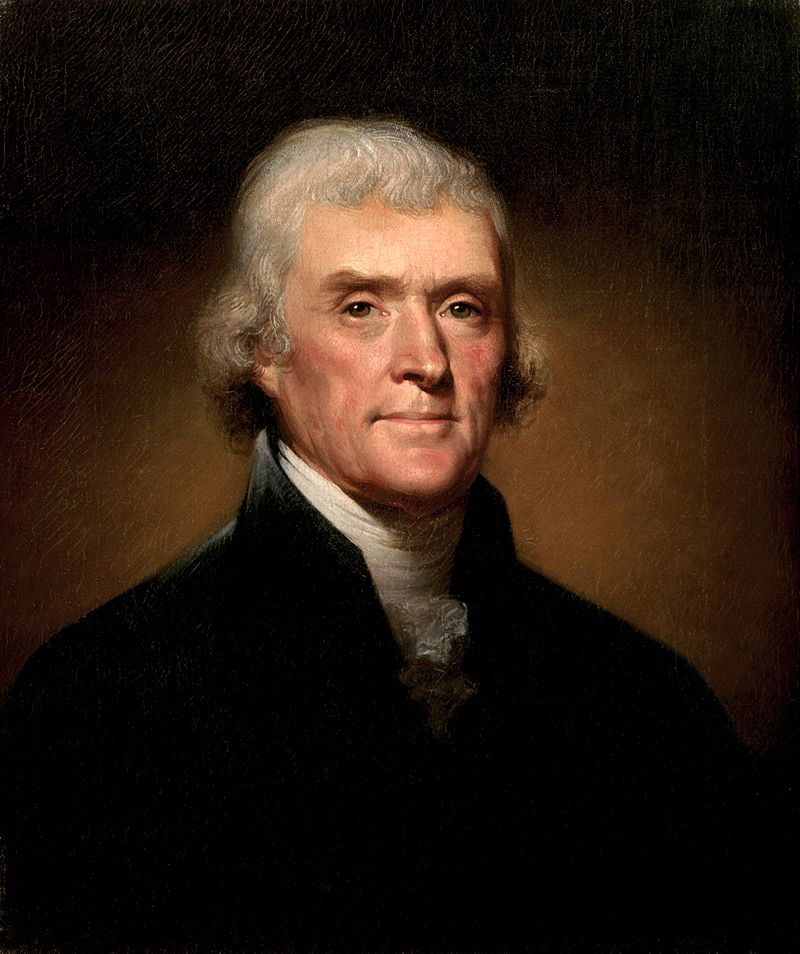
Photo: https://vi.wikipedia.org/ -
The Corps of Discovery had more than two dozen officers and enlisted personnel in addition to York, Clark's slave. Many of the frontier tribes, many of whom had never seen a person with dark skin, loved the towering manservant. The Arikara people of North Dakota even called York "Big Medicine" and believed he possessed supernatural abilities. York completed the full trip from St. Louis to the Pacific and returned despite not being an official member of the Corps of Discovery. Because of his expertise as a hunter, York came to be regarded as an important member of the expedition.
The laws of the United States granted some groups of people specific privileges while denying those same rights to others. However, as soon as the Lewis and Clark expedition departed from US-controlled territory, they were free to act however they chose. They consequently determined that each corps member would have an equal voice in all activities and decisions. York and the Shoshone interpreter Sacagawea were both permitted to vote when the explorers later decided where to set up their winter camp in 1805.
No one was restricted by their origin, status, or ethnicity, which would not have been feasible under American law, and the corps was controlled by kindness and respect. A black man and a woman may have received the vote for the first time in American history as a result of this straightforward show of hands, according to historian Stephen E. Ambrose.
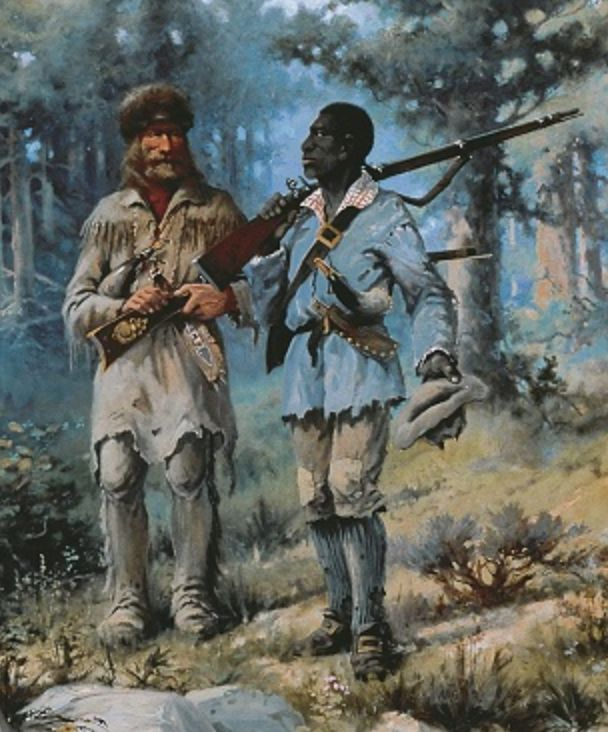
Photo: https://www.nps.gov/ 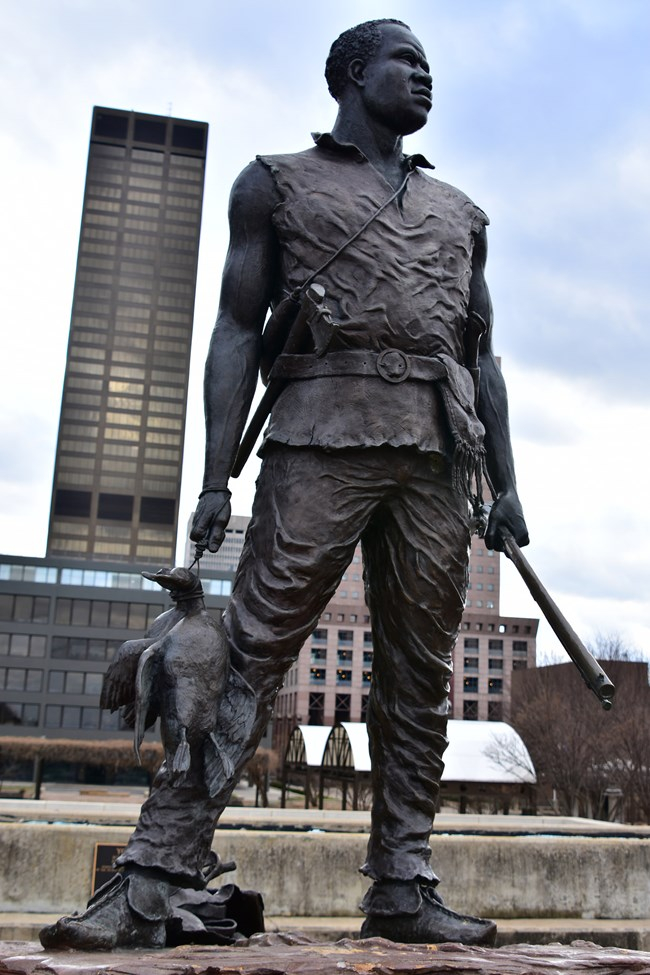
Photo: https://www.nps.gov/ -
Did you know that the tale of Lewis and Clark included espionage? That's accurate. The American border was also in the sights of the Spanish. They were resolved to halt American expansion after the Louisiana Purchase. The main objective of Lewis and Clark's expedition was to find a water route to the Pacific, which would increase trade opportunities and help solidify an American claim to the far Northwest. Jefferson frequently referred to their expedition as a scientific mission to study the lands acquired in the 1803 Louisiana Purchase. For the Spanish, who worried that the expedition may result in the capture of their gold-rich lands in the Southwest, that was troubling news.
Here comes James Wilkinson, a hero of the American Revolution who is also heavily indebted. He started offering Spanish buyers American secrets. This provided information about the westward voyage to locate a path to the Pacific Ocean. based on American suggestions The governor of New Mexico sent four different groups of Spanish soldiers, Comanche Indians, and Army General James Wilkinson—a spy for the Spanish—to capture the explorers and send them home in chains. The Corps of Discovery was pursued by Spanish patrols, who at one point came within 100 miles of them. Lewis and Clark were fortunate that the hostile search parties were unable to find them in the expanse of the frontier.
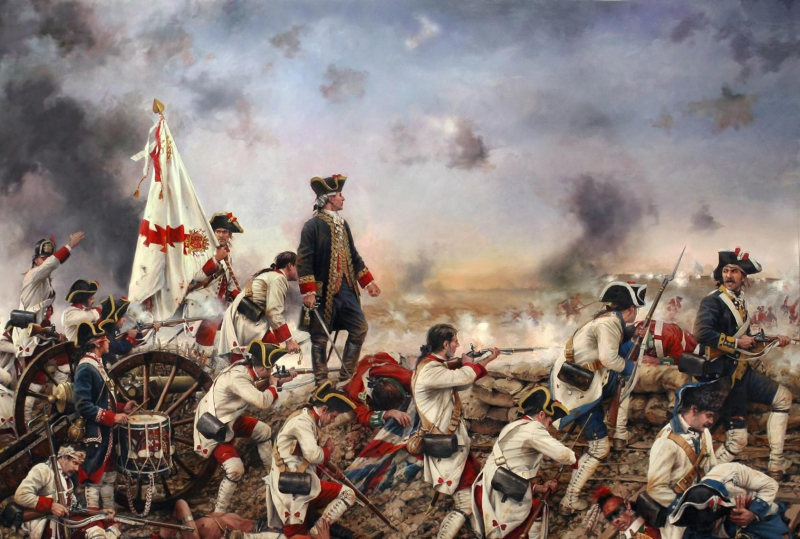
Photo: https://www.factinate.com/ 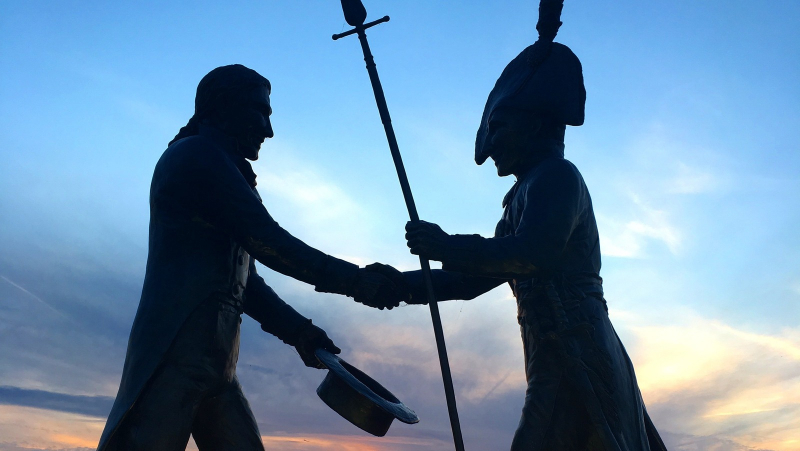
Photo: https://www.grunge.com/ -
This is one of the most interesting facts about Lewis and Clark expedition. One of the largest arsenals ever captured west of the Mississippi was aboard the Corps of Discovery. Along with a variety of rifles, muskets, tomahawks, and knives, it also contained more than 400 pounds of lead for the bullets and 200 pounds of gunpowder. To impress Indian tribes on the border, Lewis also acquired a cutting-edge pneumatic weapon. He could fire about 20 shots—each of them virtually silent—after injecting compressed air into the gun's stock. Despite being heavily equipped, the majority of the explorers never had to engage in actual combat. The lone exception occurred on the way back when Lewis and three of his soldiers fought the Blackfeet Indians in a gunfight that resulted in the deaths of two natives.
The journey was taken by more than 40 guys, each of whom had a job of his own. Guys were assigned different tasks along the journey, such as taking notes by some individuals and managing specific tasks by other men. The Corps of Discovery was their name.
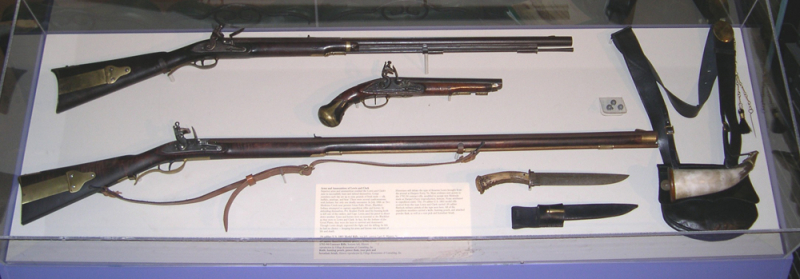
Photo: https://www.heinzhistorycenter.org/ 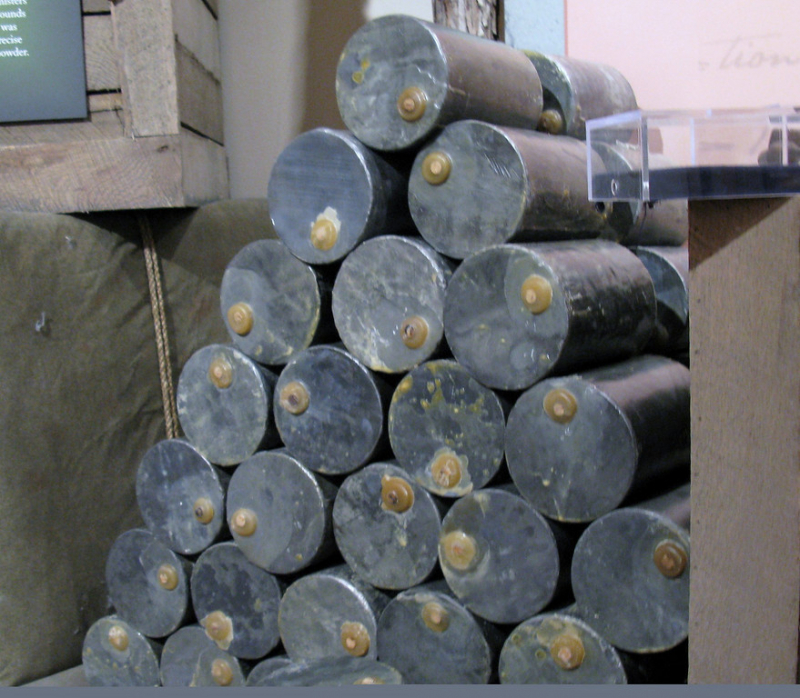
Photo: https://www.advrider.com/ -
A teenage Shoshone Indian named Sacagawea, who had been abducted from her tribe as a young girl, was one of the most illustrious members of the Lewis and Clark expedition. In 1804, while the explorers were spending the winter at a Hidatsa-Mandan hamlet, Sacagawea, her husband, and their infant boy first accompanied them. Later, as they traveled to the Pacific, she assisted them as a translator and occasionally as a guide.
Her reputation was well-deserved, and the expedition's success was largely due to her leadership. Sacagawea did a lot more than just serve as the corps' guide, which was technically her responsibility. She also assisted in locating landmarks that allowed the group to gauge how far they had traveled as well as edible and therapeutic plants.
That's not all, though. She has elements of an action heroine. The corps made as many boat trips as they could. Additionally, some of those boat journeys were exceedingly risky. Important valuables were once dumped into the river after a boat capsized. surrounded by a rushing river. Many of those misplaced goods were saved from the water by Sacagawea, who reached over the side of the boat with her free hand. And if that weren't impressive enough, she carried her infant in the other arm while completing all of that. The renowned voyage log that Lewis kept is one of the things she preserved that day. The corps benefited from Sacagawea's sheer presence in ways they didn't even realize at the time. Native Americans thought the presence of sucker Julia was evidence that the corps were peaceful travelers as many Native American cultures did not include women in war parties. In addition, because the group was traveling with a pregnant woman and later a mother and child, several tribal warriors refrained from attacking them.
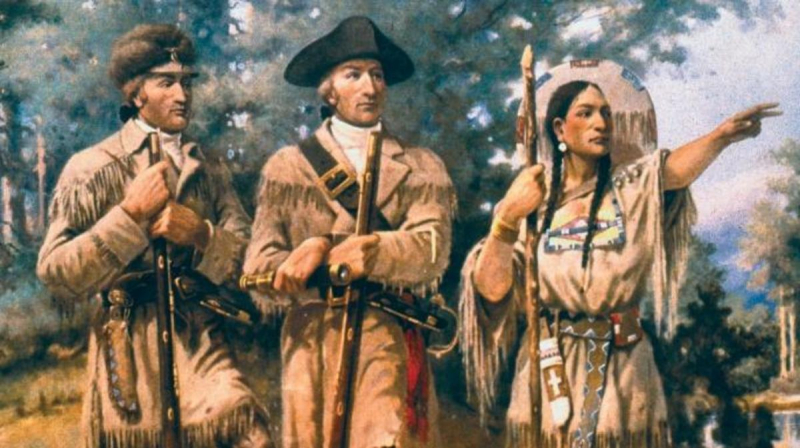
Photo: https://www.history.com/ 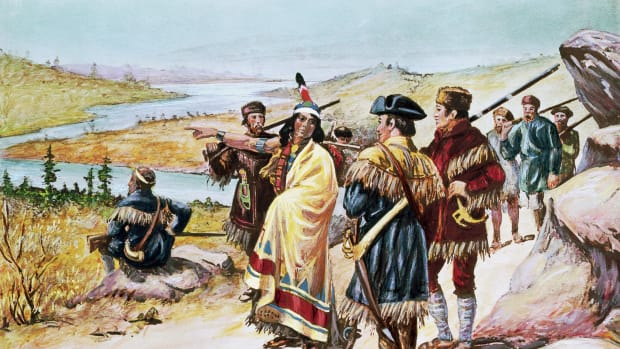
Photo: https://www.biography.com/ -
Sergeant Charles Floyd passed away in the vicinity of Sioux City, Iowa, in August 1804, making him the first casualty of the Lewis and Clark expedition. He was especially appreciated by Lewis and Clark because he was the first to apply for the corps. He was in better physical and educational shape than the majority of the others. He had "bilious colic," according to Lewis, but historians today think he had an appendix rupture. On a hill with a view of the Missouri River, Floyd was laid to rest. At his grave, a red cedar marker was erected with his name, position, and life dates. Lewis drew a map of the area and labeled it Floyd Bluff.
The expedition suffered from a variety of illnesses over the following two years, including diarrhea, snakebites, dislocated shoulders, and even venereal disease. Surprisingly, no one else perished on the journey before the explorers arrived back in St. Louis in September 1806 given the difficult winter weather, the fact that they were in uncharted territory, dealing with snake bites and other wild animals, and the fact that they were forced to deal with these dangers. One of the worst wounds Lewis sustained occurred on the way home when an enlisted man mistaken Lewis for an elk and unintentionally shot him in the buttocks. Even though he wasn't gravely hurt, the explorer was forced to spend a few agonizing weeks floating down the Missouri River on his belly in a canoe.
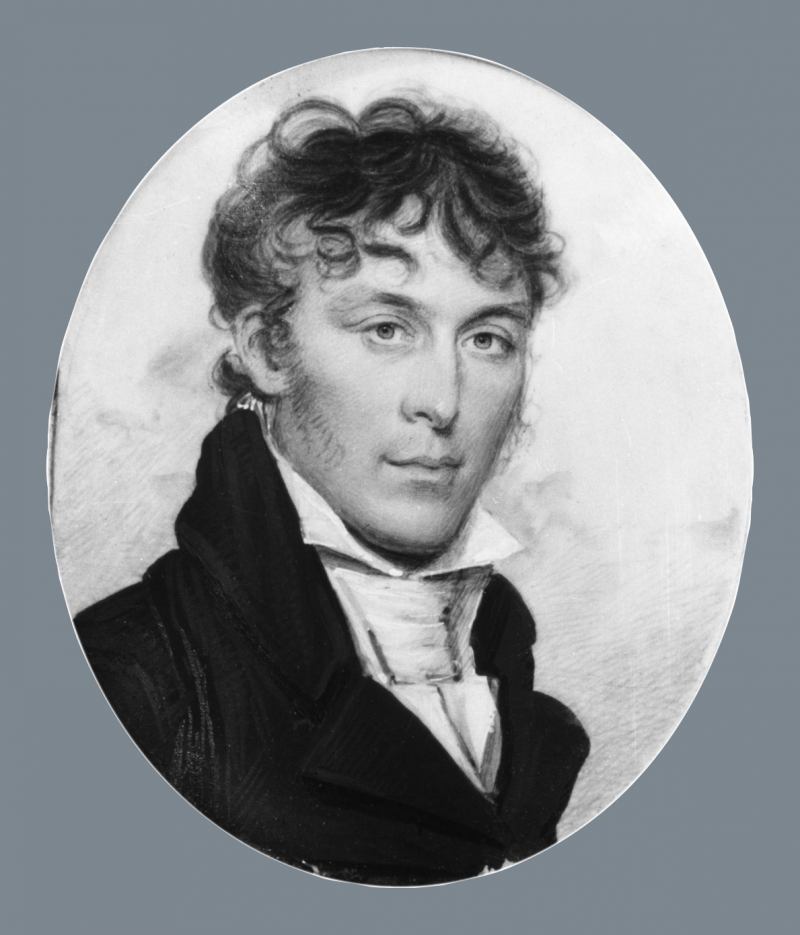
Photo: https://www.duhoctrungquoc.vn/ 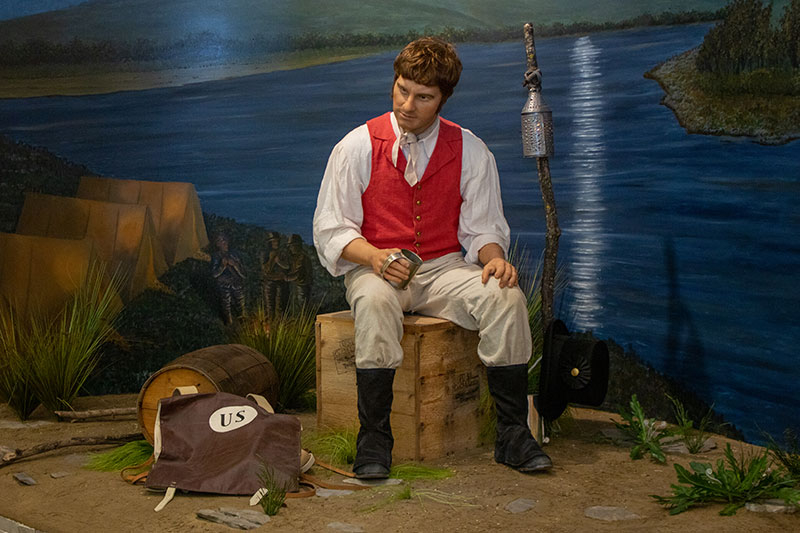
Photo: https://www.siouxcitylcic.com/ -
The expedition found itself running low on supplies by the time they arrived at the Bitterroot Range of the Rocky Mountains, despite having a well-stocked starting point. They could not increase their supply by hunting or fishing as it was the dead of winter. The group got so desperate that they had to resort to eating tallow candles at one point. They almost all died as a result of the weather and food shortage. But in reality, that was the least of their concerns. The group was being observed by Nez Perce tribal scouts and warriors who were ready to kill them and grab any property that might be valuable or useful, but they had no means of knowing it.
According to Nez Perce's oral tradition, a woman by the name of Watkuweis convinced the tribe to assist the outsiders instead. Why? She had recently been abducted by a rival tribe, then saved and brought back home by white men. She allegedly demanded that the other people not harm them.
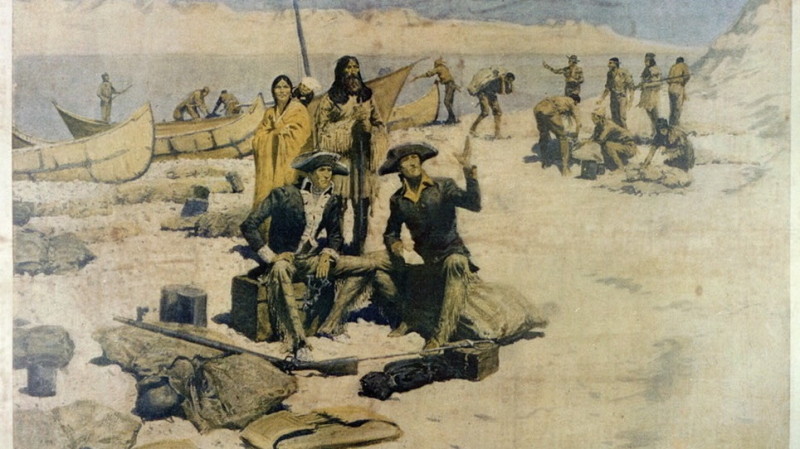
Photo: https://www.grandviewoutdoors.com/ 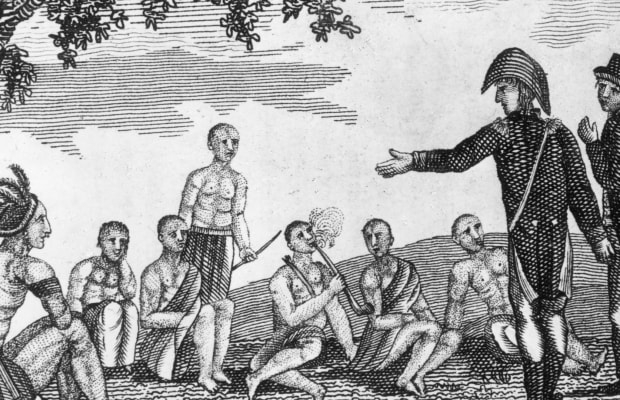
Photo: https://www.biography.com/ -
Clark adopted Sacagawea’s children, which is one of the most interesting facts about Lewis and Clark expedition. Sacagawea traveled with the Corps of Discovery while nursing her infant son, Jean Baptiste, whom the explorers dubbed "Pomp." When Sacagawea left the expedition in August 1806, William Clark took a liking to the youngster and volunteered to adopt him and "raise him as my child." Despite first rejecting the proposal, Sacagawea later agreed to let Clark pay for her son's schooling in St. Louis. Jean Baptiste was a brilliant and fascinating young man who mastered French, German, and Spanish and went on to hunt with German nobility in the Black Forest, travel in Africa, and return to further explore the American West. He passed away in 1866 while traveling to Montana's recently found gold fields.
At Fort Manuel, a fur-trading outpost situated in what is now South Dakota, Sacagawea gave birth to her second child, a daughter she named Lisette, in 1812, but she passed away soon after. Lisette was adopted by Clark, who brought her up alongside himself. What happened to Lisette is unknown, although Jean-Baptiste afterward visited Europe before going back to the American frontier to work as a trapper and wilderness guide.
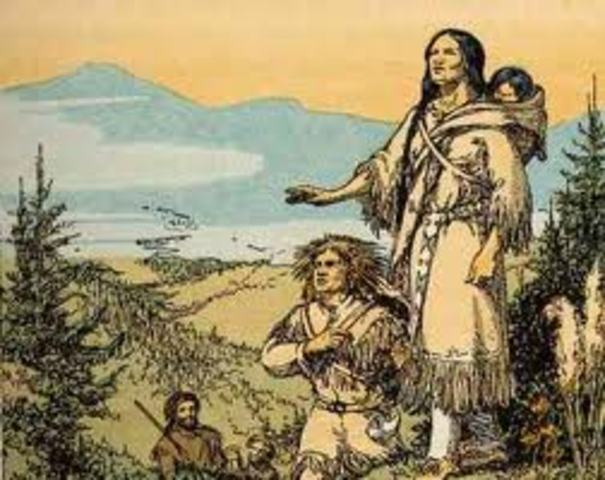
Photo: https://www.timetoast.com/ 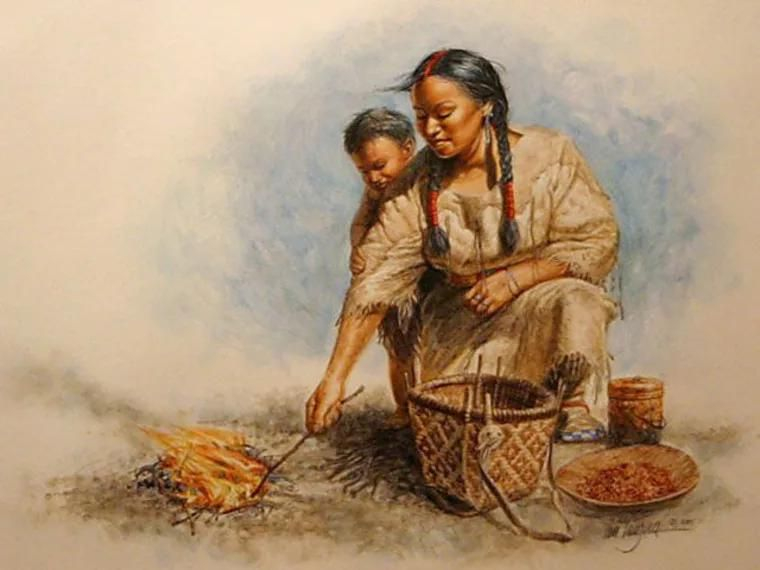
Photo: https://www.nbcnews.com/ -
Meriwether Lewis, a well-known explorer, passes away on October 11, 1809, in the early hours of the morning after spending the night at Grinder's Tavern along the Natchez Trace in Tennessee.
Lewis and William Clark had finished their expedition of the newly acquired Louisiana Territory and the Pacific Northwest three years ago. Lewis became well-known and was honored across the country as a consequence, but he struggled to adjust to life in the civilized East after his return. He was chosen governor of the Louisiana Territory by President Thomas Jefferson, but Lewis quickly realized that the territory's complicated politics and power conflicts were making him more enemies than allies. Washington, D.C. officials were also challenging the legality of some of the purchases Lewis had made for the expedition in 1803, posing the risk of Lewis going bankrupt if he had to pay for these expenses personally. To the sorrow of his close friend and mentor, Thomas Jefferson, Lewis finally failed to finish the work required to publish the critically significant scientific and geographical material he and Clark had accumulated in their notebooks some three years after the end of their expedition.
Due to all of these factors, the majority of recent historians have concluded that Lewis committed suicide as a result of his severe depression and the enormous amount of problems he carried.
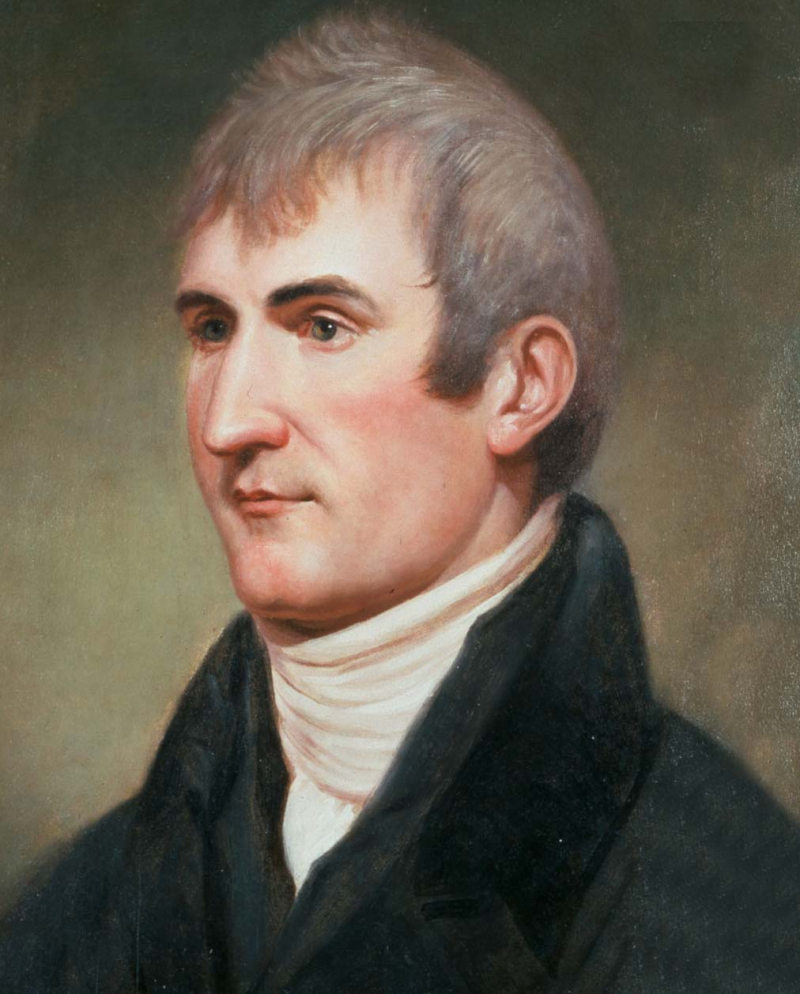
Photo: https://en.wikipedia.org/ 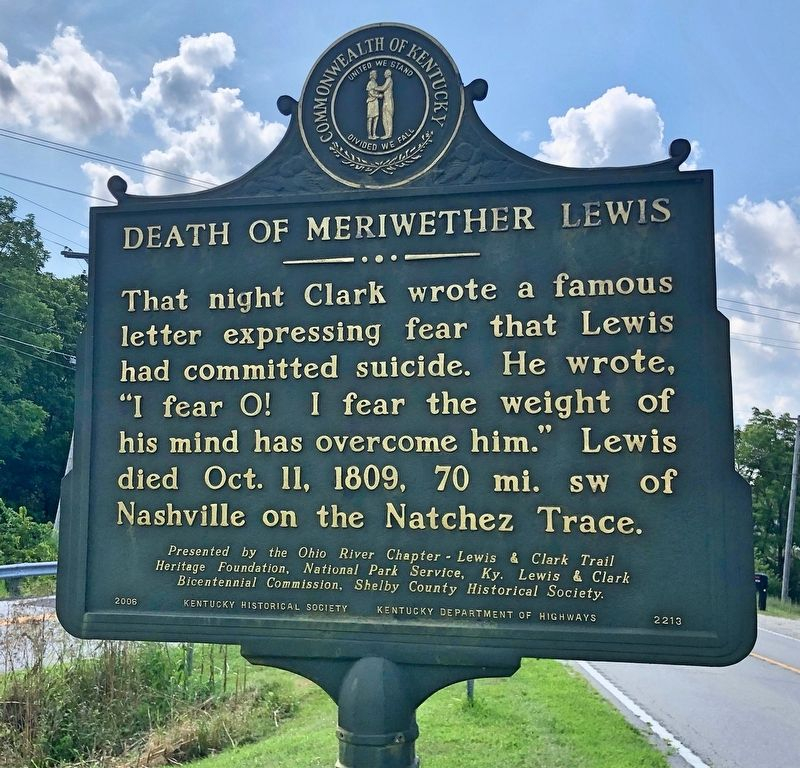
Photo: https://www.hmdb.org/











